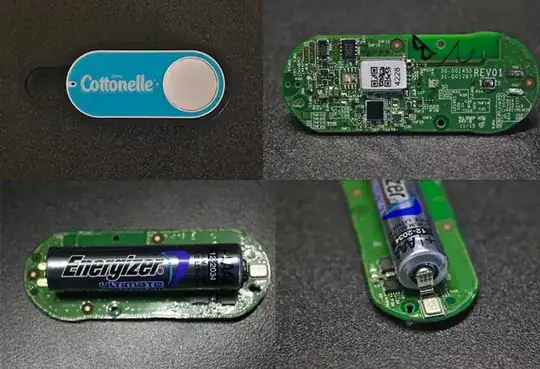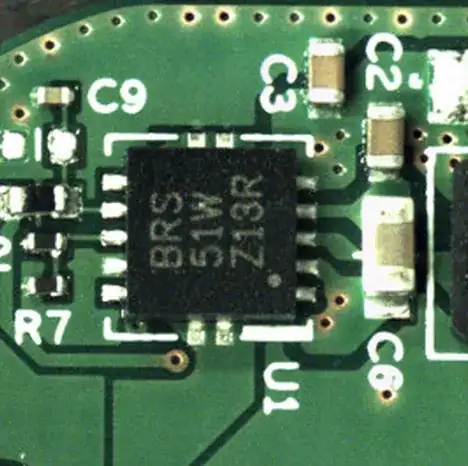To make a higher power voltage from a battery like that takes a particular type of switching power supply called a "boost converter". This uses a inductor to make spurts of higher voltage. The concept is the same how a hammer makes spurts of much higher pressure than your arm can deliver to the nail directly.
There are chips out there that integrate much of this. Linear Technologies, ST Micro, TI, and various others make such chips. Some of the offerings from Microchip are quite nice within a narrow voltage range as you have.
Making higher voltage is OK, but these chips are still limited to the basic laws of physics. They can't provide more power out than in. Since power is voltage times current, the output current must go down as the voltage goes up. Just like with the hammer, your arm has to put in much more motion than is imparted to the nail in return for higher force out. Of course there will be some loss too. Anything over 90% is quite good. Let's say for purpose of example that your boost switcher is 80% efficient and it is making 3.3V at 100mA out from 1.3V in. 3.3V * 100mA = 330mW. Accounting for the loss in the switcher, 330mW / 80% = 413mW in. 413mW / 1.3V = 317mA, which is the current that will be drawn from the battery.
In this example, the battery current is 317mA, which is within range of what a AA type can sustain for a while. To get some idea how long the battery will last, you have to look at the battery capacity. This is expressed in current*time, like mA-hours. Let's say your AA battery has a capacity of 2 A-h. At first approximation, 2 A-h / 317 mA = 6.3 hours run time. However, there are a lot of things that mess up this basic analisys. For one thing, the current won't be 317mA over the whole discharge life of the battery. As the battery voltage gets lower, the switching power supply will draw more current. Temperature also greatly effects battery capacity. If this is meant to run outdoors in a cold environment, you might only get 1/2 or less of the rated battery capacity. The current itself effects capacity too. 300mA for a AA is probably not to the point where it degrades capacity significantly, but 1A certainly would be. You might get 2.0 A-h at 300mA, but only 1.6 A-h at 800mA. I'm making up numbers. These are probably not totally ridiculous for most AA batteries, but you really have to look at the battery datasheet yourself.



